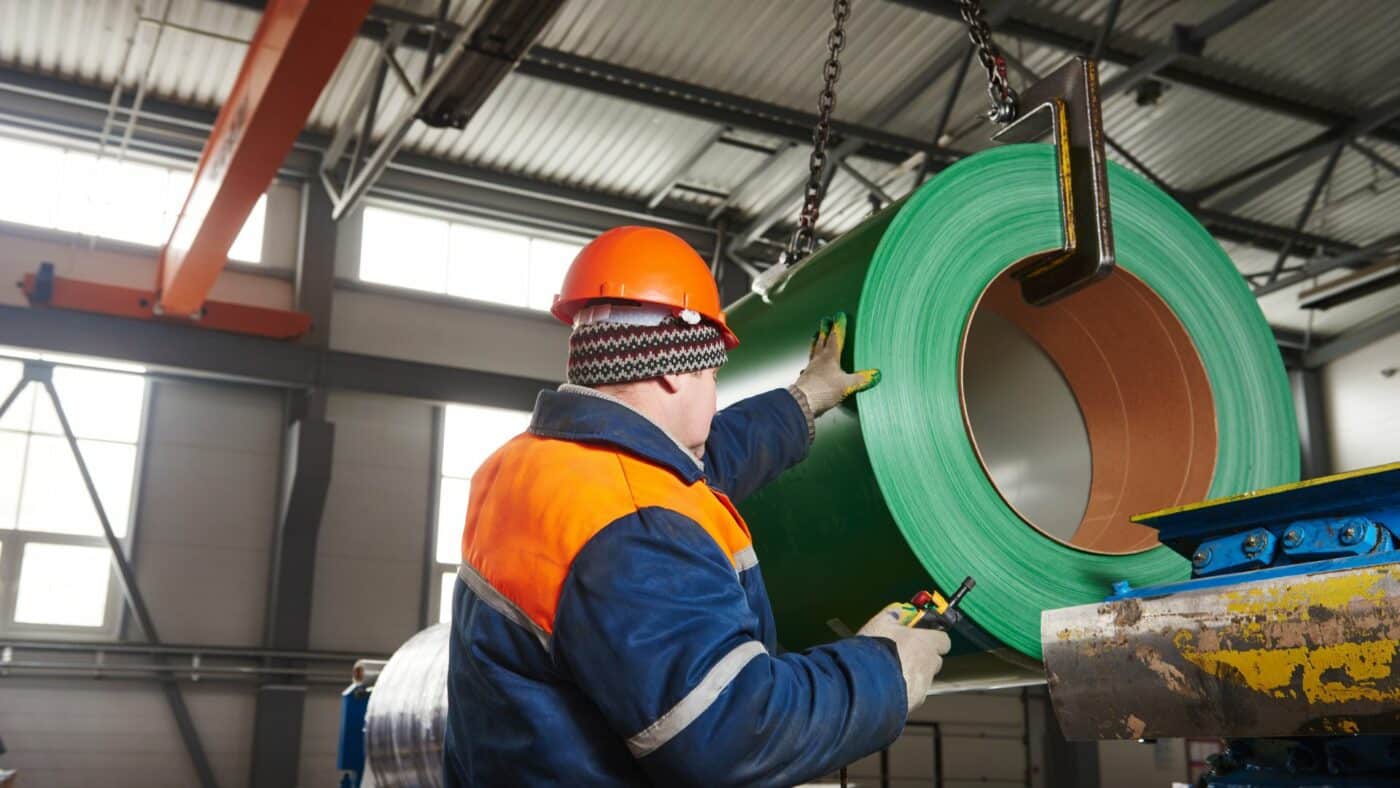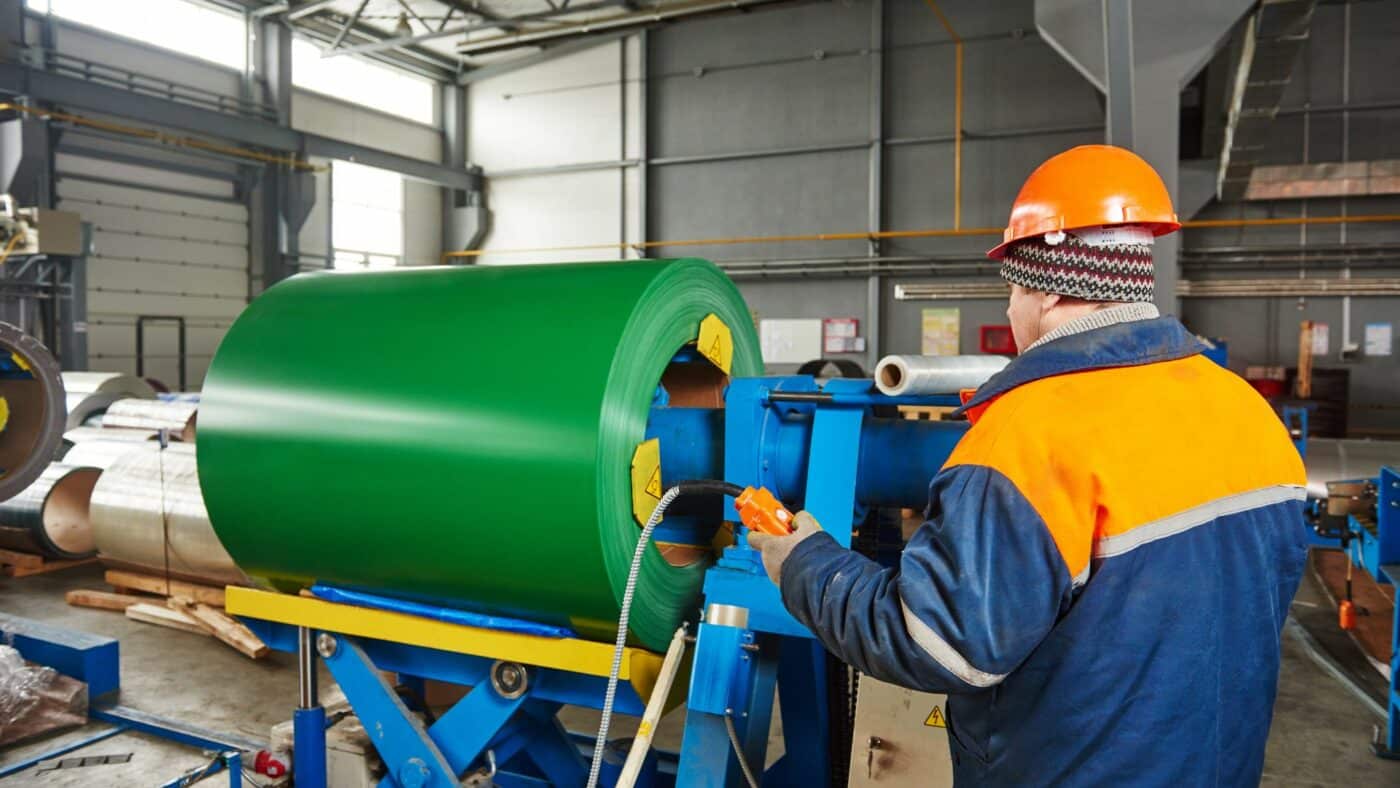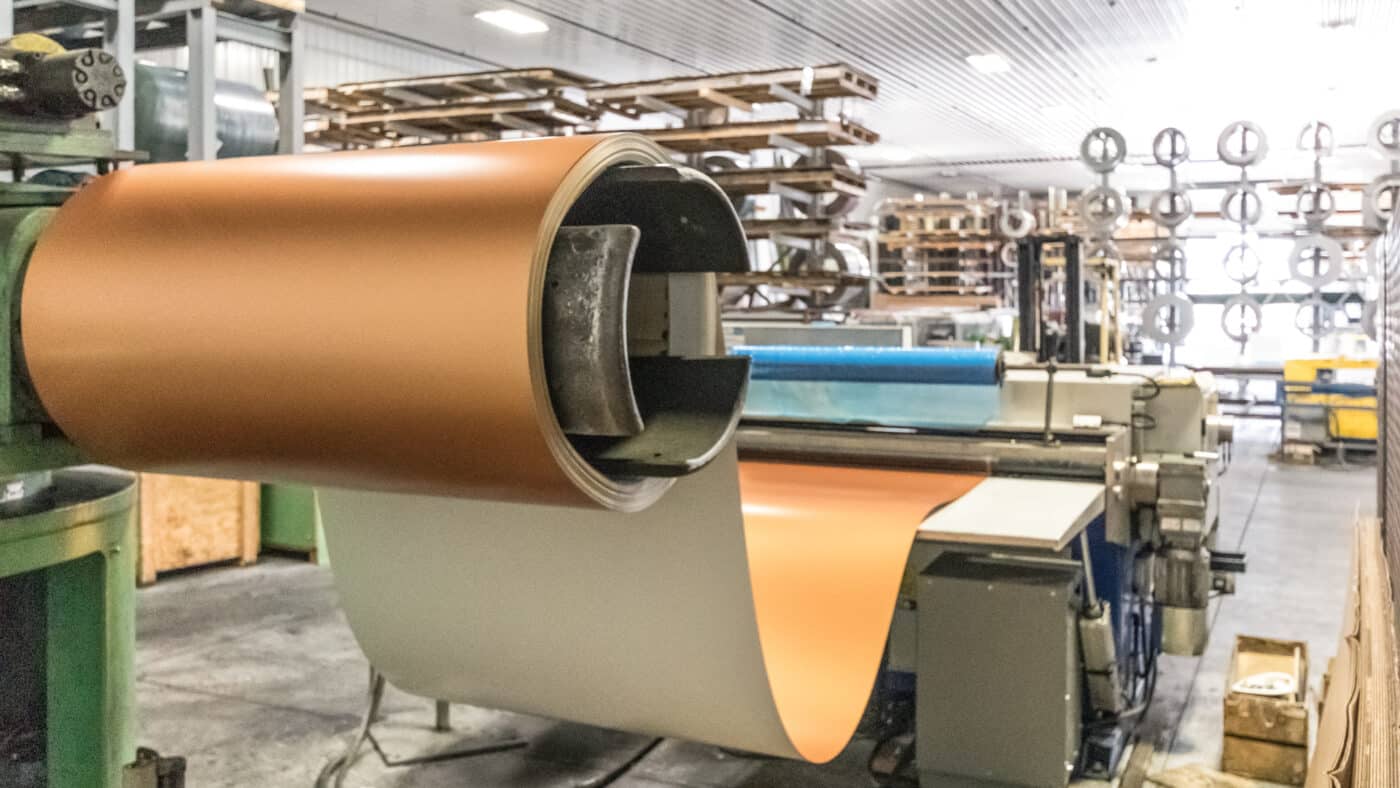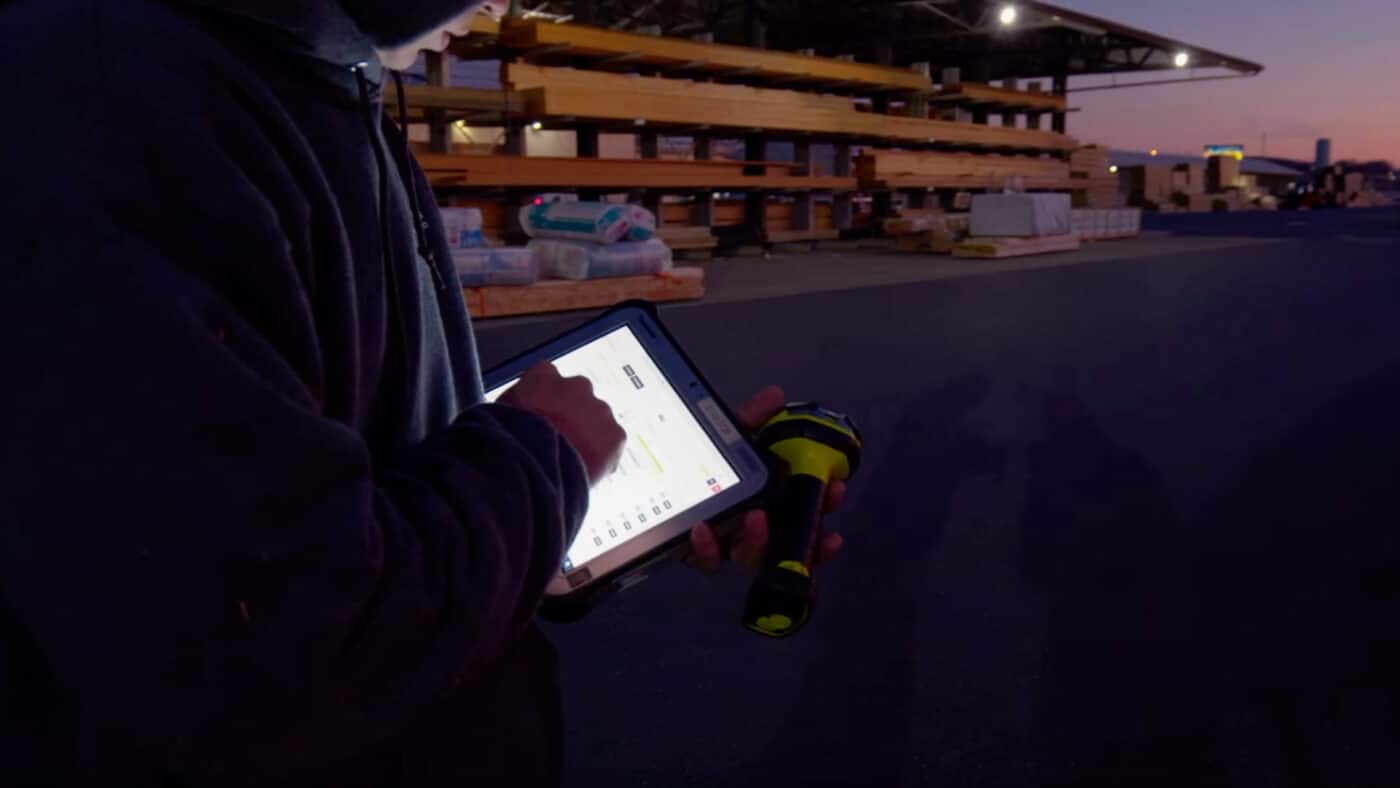
Don't Miss a Rollforming Insight!
Get access to industry-relevant tips, strategies, and the latest updates, that we collect for you, delivered right to your inbox!

Get access to industry-relevant tips, strategies, and the latest updates, that we collect for you, delivered right to your inbox!
Are you tired of wondering how well your rollforming company is performing? Maybe you’ve looked at general business key performance indicators, but want to hone in on your niche. We get it. As rollformers, we at Paragon have outlined 7 KPIs for rollforming companies.
You’ll want to track the following metrics:

We know that this could possibly feel and sound like technical mumble-jumble, so we provided at least one actionable step for each KPI you can take today (or, this week, depending on your time constraints).
Stay with us! We’re about to dig deeper.
Due to the fluctuating cost of steel, comparing revenue numbers is not a true indicator of sales growth. Measuring actual linear feet of metal or steel sold allows you to do true comparisons to prior years and months. Closely related to that is tracking the profit per foot of metal sold.
Okay, let’s break it down. Maybe your revenue two years ago was $22,000,000 (talking big dollars, am I right?) and last year it was $26,000,000. Looks like a great victory, correct? Not quite. Because of inflation and other financial factors, dollar amounts alone can be deceptive. You’ll want to compare the total footage of steel sold in those two years and then calculate what profit you made per foot of metal sold.
What’s my next step to figuring out my rollforming company’s performance?

Really, if there is anything predictable about a rollforming company (and any business), it’s changes in costs and prices. As a result, the value of steel coil inventory on your balance sheet does not provide an accurate representation of the quantity of coil inventory you have today versus last month or last year. By tracking coil inventory by the pound or foot, you’ll have specific numbers that will allow you to make meaningful comparisons.
What should I do now?

Rollforming machines have a maximum amount of feet of metal per hour or day they can produce. By comparing the amount of metal a customer orders with the machine’s capacity and delivery dates, businesses can figure out how long it takes to fulfill orders. This comparison helps in accurately estimating when the products will be ready to ship to customers.
Now what?
We all love color choices – charcoal gray, koko brown, saddle tan. And as a rollforming company, you want to offer many steel color options to keep your customers satisfied. But this can be detrimental to your overall business performance.
Understanding which colors are the best sellers helps drive decisions about how much coil of each color to stock, or if it may be necessary to liquidate coil inventory for slow moving colors.
Wondering what you can do now? Of course, you don’t have to follow all of these ideas, but maybe one or more will get your creative juices flowing.

Rollforming and folder machines require substantial investment to purchase and maintain. Tracking feet produced per machine allows a business to ensure that the machines are generating enough sales and profit to justify the investment and continuing to operate the machines.
Can you make that practical, please?

We all know that waste is a part of life. But as we look at KPIs for rollforming companies, waste is an inevitable metric. To effectively track waste, keep a good inventory, monitor waste percentages, and train employees.
Waste is unavoidable when rollforming metal and bending trim pieces, but high levels of waste will have a negative impact on business profits. If inventory is tracked on a per coil basis, waste can easily be recognized when a coil is depleted if there is still an onhand quantity for that coil in the inventory tracking system.
But how should I keep track of inventory successfully? Certainly, keeping track of your inventory by hand or with a simple excel spreadsheet is daunting, time consuming, and leaves room for errors. However, using a software system designed for tracking rollforming metal is a solid option to consider. Your time and energy will be conserved, while ensuring that you have an exact inventory. For more information, check out our article on the benefits of inventory tracking software for metal rollforming businesses.
Waste can also be measured by doing physical inventory counts and comparing the actual count values to the values in the inventory tracking system. Monitoring waste percentages over time allows a business to ensure that waste levels are not increasing undetected and that efforts to reduce waste are successful.
It may sound simple and elementary, but if you don’t get your employees behind waste management, all of your well-thought out plans may simply just be that: thoughts. When you educate your employees about the need to monitor waste because of its importance as a key performance indicator, you will have a team surrounding your success. You may find this resource to be helpful in eliminating waste.

You may have received a huge check for a big order that your company is expecting to roll out. And it’s easy to celebrate this victory and possibly spend this money (or track it as income) before the actual work is finished. But in order to fully utilize KPIs for your rollforming company, you may want to implement one or more of these strategies:
It’s true. Many rollforming businesses require substantial prepayments on orders prior to actually producing the products for the order. As a result, cash flow can appear healthier than it actually is. Accurately tracking pre-payments allows a business to monitor its true cash flow.
Of course, the last thing you would want to do is spend money that hasn’t even fulfilled an order.
But don’t get too worked up about this situation. If you create a dedicated prepayment account, these funds will remain distinct from operational funds. This method simplifies tracking and monitoring, making it easier to reconcile transactions related to prepayments.
If you regularly require reconciliation and internal audits to cross-verify prepayment records, you’ll find it easier to identify any discrepancies. What does this mean? Well, checking how prepayment transactions correspond with production or service delivery milestones will help to ensure you know how your money is being spent. And, it will help to eliminate a situation where you consider prepayments as cash flow.

Well, there you have it. And we hope that now you have a solid understanding of KPIs for rollforming companies. To sum it all up, we’ve created a table that provides each KPI with an actionable step you can take. All the best!
| KPIs for Rollforming Companies | Actionable Step |
| 1. Sales and Profit per linear foot of metal sold | Compare metal sold by foot last year against two years ago. |
| 2. Feet or Lbs of Coil Inventory in Stock | Find or create a system to track your inventory by the pound or foot. |
| 3. Ordered Quantities compared to Machine Capacity | Write down how much metal your rollforming machines can produce daily. |
| 4. Sales by Color | Generate reports from your inventory on color-specific sales. |
| 5. Feet of Metal Produced Per Machine | Create a threshold of needed output by foot for each machine. |
| 6. Waste | Do physical inventory counts and compare to actual value. |
| 7. Prepayment Balances | Create a dedicated prepayment bank account. |
And as you finished reading this article, if you’re interested in production modules or a sales management tool for your rollforming company, feel free to browse our website.
We do paper files in the office and it's a hassle - We set up the Auto Attach feature in P10 for shippers and invoices, in hopes we can go paperless. I just wanted to say, we love Paradigm!
- Victoria G., Iron Brothers Metals
Your company is growing, and you need a system that will grow with it.